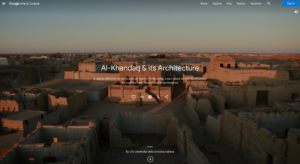Al-Khandaq and its Architecture
In 2024, it was created a digital exhibition on Google Arts&Culture, titled “Al-Khandaq and its Architecture”. This exhibition wants to tell the rich and complex history of Al-Khandaq, a town situated in Sudan, approximately 65km South of Dongola (the Northern Capital of Sudan). Thanks to its strategic position along the Nile river, Al-Khandaq attracted many travelers who settle there. Through this exhibition, we wanted to showcase how the town’s architecture has evolved and adapted to various ethnic influences, particularly focusing on the decorations of multi-story buildings constructed from mud and mud brick that are found only in Al-Khandaq.
The goal of this exhibition is to preserve the rich history of Al-Khandaq, since from April 2023 a war started in Sudan, that has caused vast destruction, which has sparked widespread vandalism and looting as most of the heritage, including museums, theaters, and archives is in one way or another damaged including some of the regional archaeological and heritage sites. Thus, it became a difficult and daunting task to do map Sudan’s rich cultural and historical heritage, and assess the damage it has sustained since the onset of the war. Therefore, the digitization process of the Al-Khandaq site adds an important and new dimension to preserving the cultural heritage in Sudan in light of the current war.

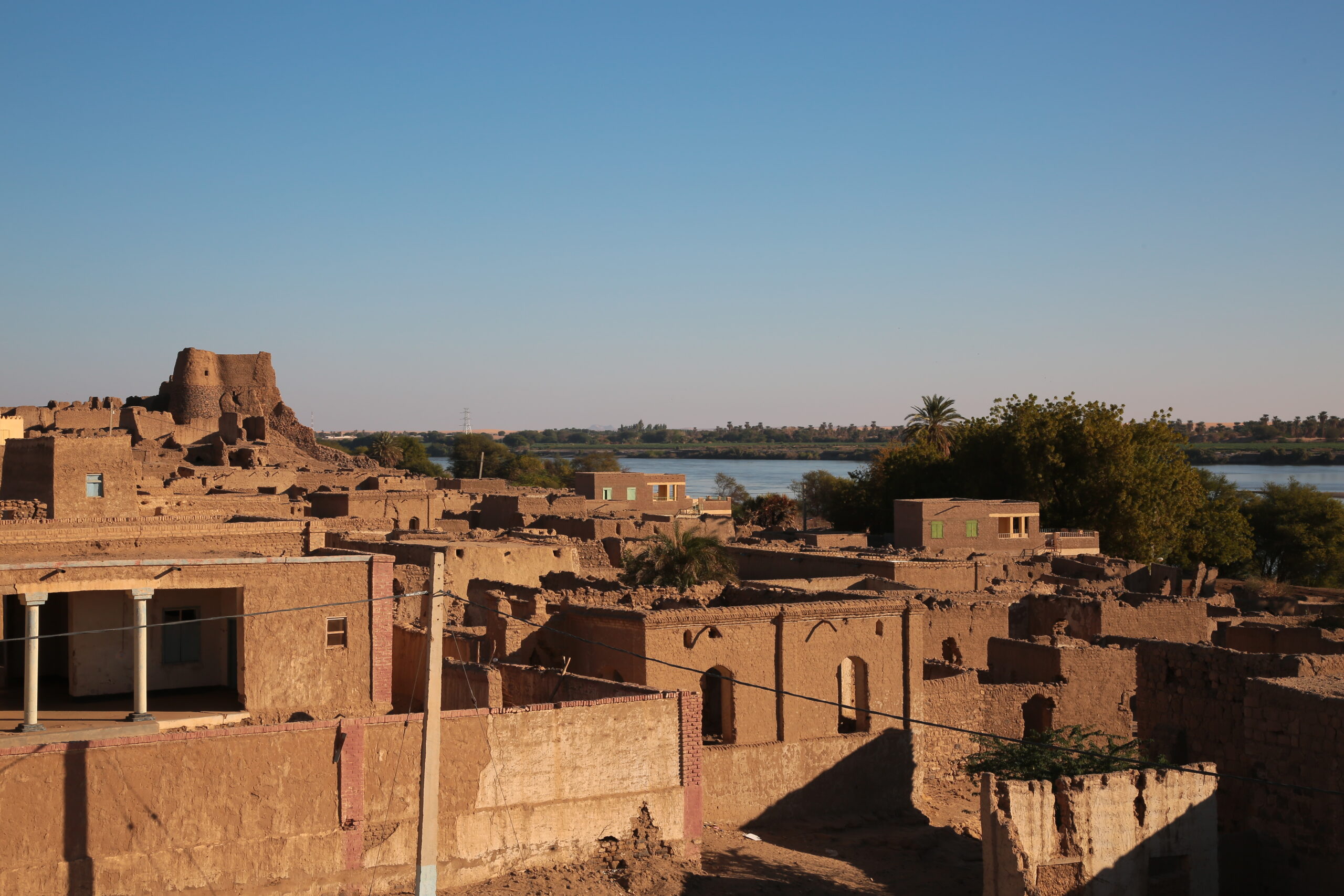

The history of Al-Khandaq is long and complex, dating back to 3000 BC and continuing to the present day. Despite their diverse backgrounds, the people of Al-Khandaq are really proud of their unique identity, that they call themselves as Khandaqawi. They are now building a museum in order to preserve the city’s historical legacy and serve as a cultural hub for the community.
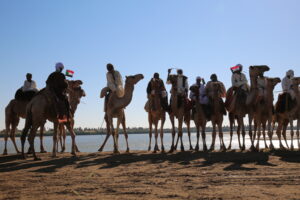
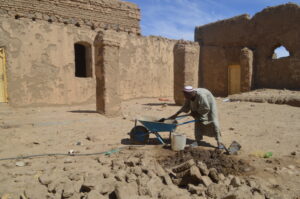

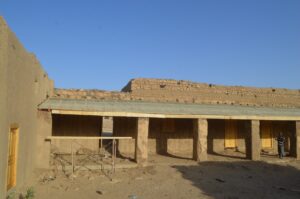
Today, Al-Khandaq is on the tentative list to become a UNESCO World Heritage Site. Al-Khandaq was registered in the Tentative List of the World Heritage in 2022 because it reflects three criteria of Outstanding Universal Value (OUV):
- Criterion (ii): as it is the best built village in Nubia during the 18th century
- Criterion (iii): is a unique testimony of river trade connecting the Mediterranean countries with Nubia and possibility the Sub-Saharan African regions;
- Criterion (iv): Al-Khandaq town and its community is associated with living traditions and customs (UNESCO, 2024).
The initial assessment of Al-Khandaq’s intangible cultural heritage unveils a significant aspect of its culture—namely, its vibrant and diverse intangible cultural heritage. This encompasses oral traditions, performing arts, social practices, rituals, and notably, the art of weaving. The abundance of intangible cultural heritage in Al-Khandaq is attributed to its historical significance as a crucial river port along the Nile, therefore the town became a home for various ethnicities to settle and thrive.
This exhibition was developed by Ahmed Adam, Lorenzo Cantoni and Susanna Phan with the support of Prof. Intisar Soghayaroun, director of the Al-Khandaq town project and the first female archeologist in Sudan.
Additionally, some initial ideas were gathered from group projects by students of the Bachelor’s in Communication at USI as part of the course ICT for Cultural Heritage (academic year 2023-24), taught by Stefano Tardini and Lorenzo Cantoni.


